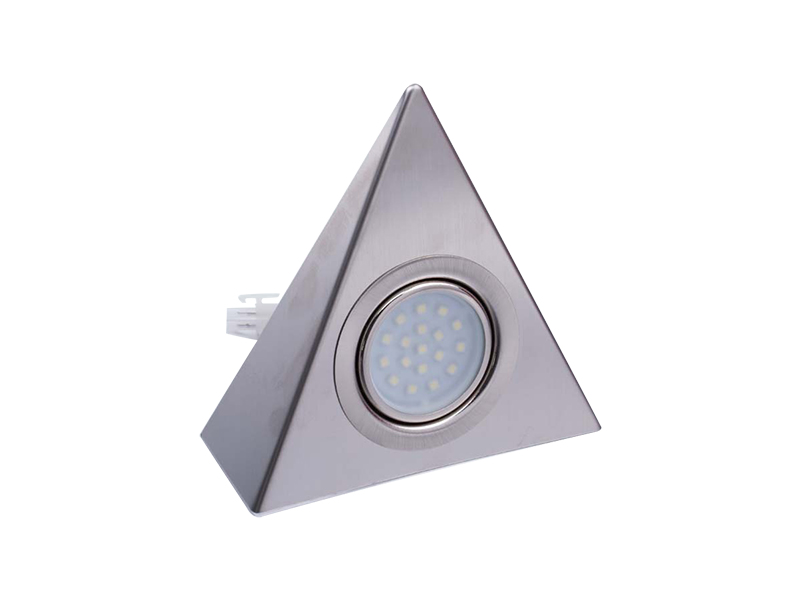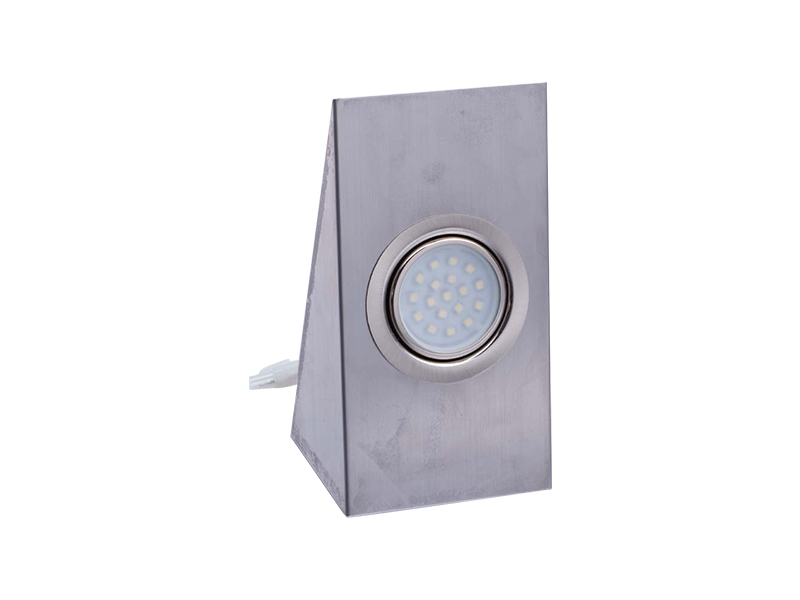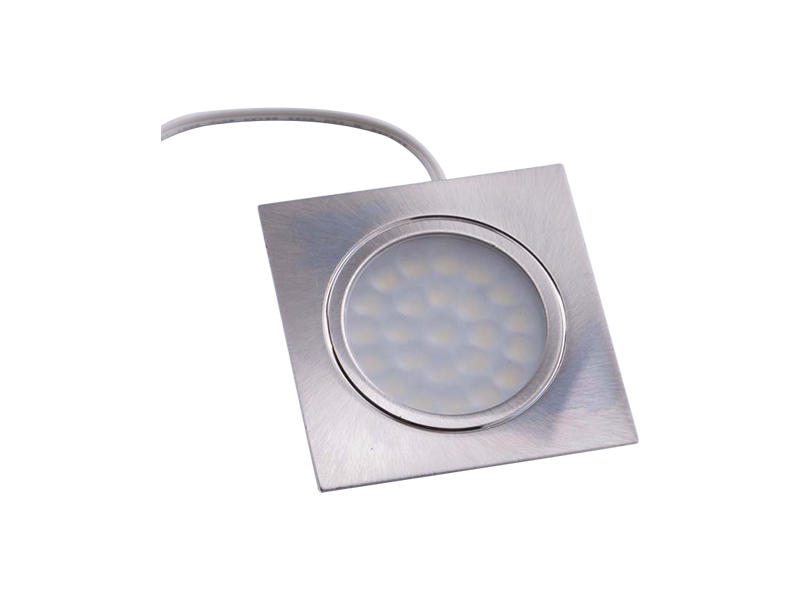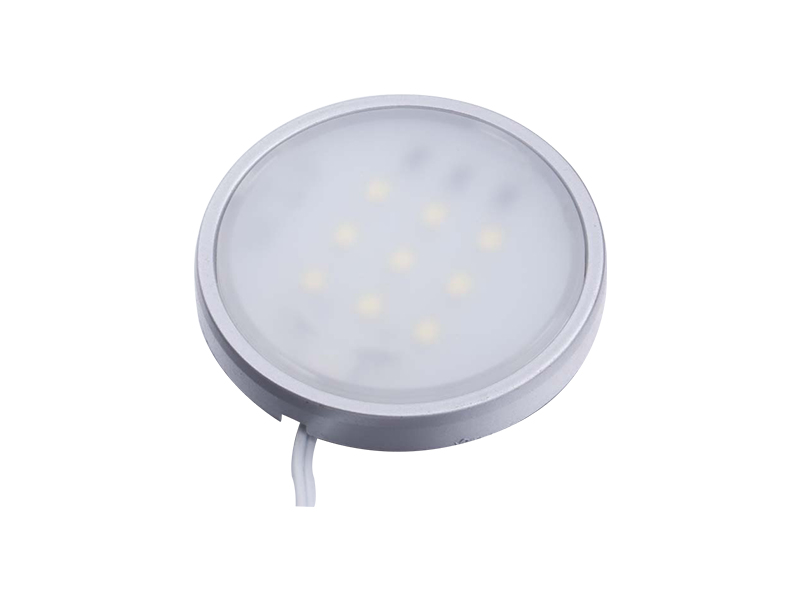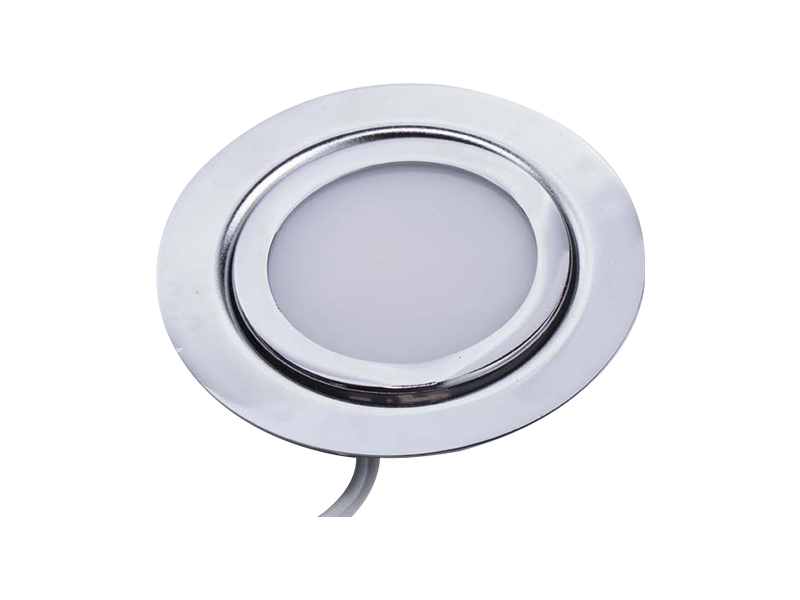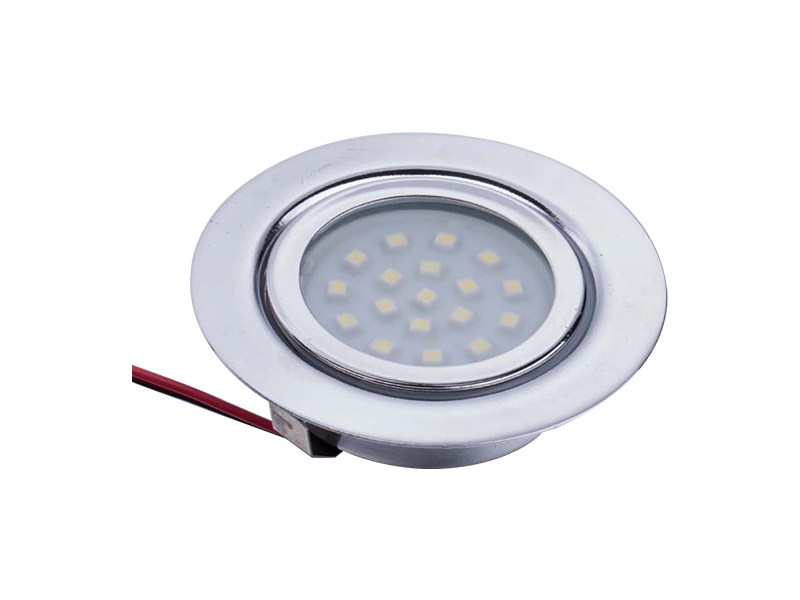-

E-mail:[email protected]
-

Telphone:+86-574-88073028
-

FAX:+86-574-88073029
QR code on
mobile phone
Welcome to Eastkey!
Welcome to Dongke!
There are many ways to install LED cabinet lights
There are many types of LED cabinet lights on the market, which can be mainly divided into the following categories:
*Built-in battery wireless model: This type of cabinet light has a built-in rechargeable battery and does not require an external power cord. Charging is generally completed through a USB interface.
*Wired connection model: Directly connect to the power supply through a power cord, and some styles support multiple light strips in series.
*Inductive or magnetic lamps: This type of lamp is usually simple in design, some require pre-buried power cords, and there are also wireless charging designs.
*Embedded installation model: It is necessary to pre-open holes on the cabinet body to install the lamps, and reserve power cords, and the overall effect is more concealed and beautiful.
Due to the large differences in power supply and installation requirements of different types of lamps, the necessity of reserving power cords and opening holes will also vary.
The importance of reserving power cords
For LED cabinet lights that require external power cords, reserving power cords is a key link in the installation process. Generally speaking, the following situations require the consideration of reserving power cords:
*Wire-powered LED light strips: This type of light strip needs to be connected to a power adapter, and usually a power cord outlet is reserved inside the cabinet or on the back of the cabinet to facilitate later wiring and maintenance.
*Multiple lamps are powered in series: If the cabinet is long or has many partitions, the lamps often need to be connected in series. Reserving power cords and wiring holes of appropriate lengths can facilitate layout and adjustment.
*Embedded LED cabinet lights: Embedded lamps often require internal wiring. Reserving power cord holes can achieve concealed power supply for lamps, avoid exposing the lines, and improve the overall aesthetics.
*Cooperating with intelligent control systems: If the cabinet lights need to be connected to a smart home system or a dimming controller, it is more necessary to reserve power cord and control line interfaces for later wiring and maintenance.
The location of the reserved power cord is generally selected on the side panel, top panel or back panel of the cabinet, which not only ensures the safety of the line, but also facilitates the installation personnel to perform wiring operations. The length of the reserved line should be appropriate and should not be too short, otherwise it will affect installation and maintenance.
The purpose and necessity of cabinet openings
Openings are mainly used for functions such as lamp fixing, threading, hiding junction boxes or installing sensors. Whether to open holes depends on the lamp design and cabinet structure.
*Fixed lamps: Recessed or downlight LED cabinet lights usually need to be pre-drilled or slotted on the cabinet board for embedding the lamp body so that the lamp is flush with the cabinet panel.
*Wire threading: Reserve a threading hole of appropriate size to allow the power cord to pass through or enter the cabinet to avoid exposing the line.
*Install switches or sensors: Some smart cabinet lights are equipped with human body sensors, touch switches, etc., which need to be installed in the appropriate position of the cabinet.
*Concealed installation of junction boxes: Some lamps are equipped with junction boxes or transformers, which need to be specially opened to make the line layout compact and orderly.
If wireless cabinet lights that do not require wiring are used, the need for opening holes is relatively small, and most of them are installed by pasting, and even no changes are required.
No need to reserve power cord and opening holes
At present, many LED cabinet lights on the market use built-in lithium batteries, USB charging or wireless power supply technology. This kind of lamp is easy to install:
*No external power cord is required, and there is no need to open holes in the cabinet.
*Generally, it is fixed with adhesive or magnetic suction, which can be disassembled and charged at any time.
*Suitable for modification or rental of houses after decoration to avoid damaging the cabinet structure.
*However, such lamps usually have limited battery life and are suitable for low demand or short-term lighting scenes.
Precautions before installation
*Confirm the type of lamp and power supply method: When purchasing, the power supply form of the purchased LED cabinet lamp should be clear so as to plan the line reasonably.
*Plan the line direction in advance: During the cabinet design or renovation stage, the path and opening position of the power cord should be planned in advance to avoid drilling holes after construction to affect the appearance and structural safety.
*Consider the convenience of maintenance and replacement: reserve a reasonable length of power cord and openings of appropriate size to facilitate future maintenance, replacement of lamps or access to new control systems.
*Choose appropriate installation accessories: such as screws, clips, magnetic bases, etc., to ensure that the lamp is firmly fixed to avoid loosening and falling off.
top
E-mail:[email protected]
Telphone:+86-574-88073028
FAX:+86-574-88073029
